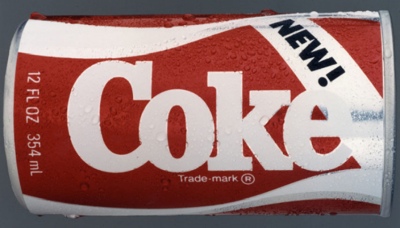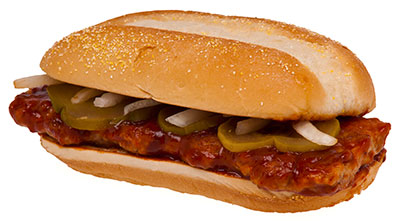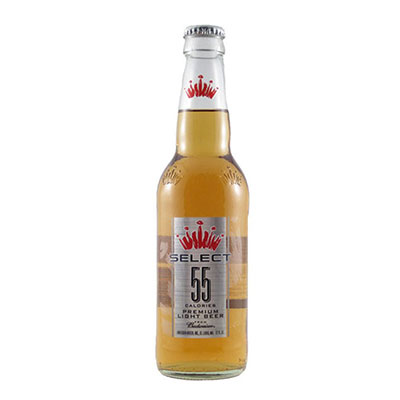
“Will it play in Peoria?” has long been engrained in the public imagination—a timeworn phrase that continues to be used (and overused) today. The old vaudeville expression, popularized at times by both Groucho Marx and Richard Nixon, originally referred to the notion that if a stage production succeeded here, it would do well nationwide. This theory was also applied to consumer products, as Peoria became one of the nation’s top test markets.
In addition to its central Midwestern location, Peoria was believed to represent the typical midsized U.S. city—a microcosm of the American population. Large firms like Procter & Gamble tested some of their most popular products in Peoria; Nielsen, the global marketing research firm, had a huge presence here.
In the 1980s, Peoria was the initial landing spot for everything from Banner paper towels to Malibu cigarettes. Kraft Foods introduced its Velveeta Shells & Cheese dinners and its Countryside Spread lite-margarine product right here—but the city’s star had dimmed from its golden age. “Peoria remain[s] on the list of the nation's most popular test-market cities put out by at least eight national… firms,” wrote Pam Adams in the Peoria Journal Star. “But a closer look shows that Peoria's status may be in danger of going the route of McDonald's McRib sandwich or Seven-Up's Citrus 7 drink, two products tested here that are no longer on the market.”
The global advertising firm Saatchi & Saatchi confirmed this decline in 1987, ranking Peoria 35th among 45 U.S. cities for new product testing, where it had previously been in the top 10. The city’s standing as demographically representative of the country as a whole was being re-evaluated, while new technologies offered new ways for firms to target specific audiences. Nonetheless, new products continue to be tested in Peoria even today. Here are a few famous cases from the archives…
 Pampers
Pampers
In 1956, Procter & Gamble began developing a disposable diaper—motivated by one researcher’s distaste for changing his grandchild’s diapers. But the first test product, introduced in Dallas, Texas, proved too hot for wear and too expensive for general use. After numerous improvements, a second round of testing commenced in Rochester, New York, featuring 37,000 hand-sewn diapers. The first machine-made products were test-marketed in Peoria in 1961. At 10 cents each, sales were less than half the firm’s goal, and P&G sought ways to cut costs and increase efficiency. After dropping the price 30 percent, sales increased dramatically, and the product was rolled out nationwide in 1966.
Kleenex
At the end of World War I, Kimberly-Clark Corp. had a surplus of Cellucotton, a cotton substitute used in bandages for wounded soldiers. Seeking a new market, the company introduced Kotex, the first disposable feminine hygiene product, in 1920. Kleenex hit store shelves four years later as a niche product for removing makeup and cold cream. While sales were sluggish, the company learned that consumers were instead using it as a disposable handkerchief. In 1930, the firm’s marketing team ran a pair of ads in Peoria newspapers—one showing Kleenex as a makeup remover, the other as a handkerchief. Readers’ response was overwhelming: 60 percent used the tissue primarily to blow their noses. With a quick shift in marketing, Kleenex soon became the iconic brand we know today.
 The McRib
The McRib
In June of 1982, an ad in the Peoria Journal Star promised “something new and wonderful has come to McDonald's.” The McRib was not a pork rib exactly, but a pork product pressed into the shape of a rib. Developed at the University of Nebraska, the sandwich was seen by the pork industry as a way to break into the fast-growing fast-food market—and Peoria was one of its top test markets. By 1984, the McRib had not proven as successful as hoped, but pork producers had found another way into the fast-food market... via the widespread introduction of breakfast sausages.
New Coke
In the spring of 1985, Peoria was a test market for New Coke—the Coca-Cola Company’s ill-fated move to compete with Pepsi, which had gained market share via highly successful promotional campaigns from the “Taste Test Challenge” to ads featuring the likes of Michael Jackson. The ensuing firestorm came to an end with the return of the original formula, now called Coca-Cola Classic, just a few months later. The failed experiment is still taught in business schools as a case study in branding gone wrong.
Select 55
In 2009, Anheuser-Busch launched a test-marketing campaign in Peoria (and 14 other U.S. cities) for Select 55—which it proclaimed the “world’s lightest beer,” with just 55 calories in a 12-ounce bottle. Following the lead of Michelob’s AmberBock, which was tested in Peoria several years earlier, Select 55 was offered at the Taste of Peoria festival and distributed at bars, restaurants and grocery stores, targeting consumers looking for lower-calorie options. The golden lager launched nationwide in 2010 and is still available today—though its 1.61 score at beeradvocate.com does not exactly make it a favorite of aficionados. iBi

